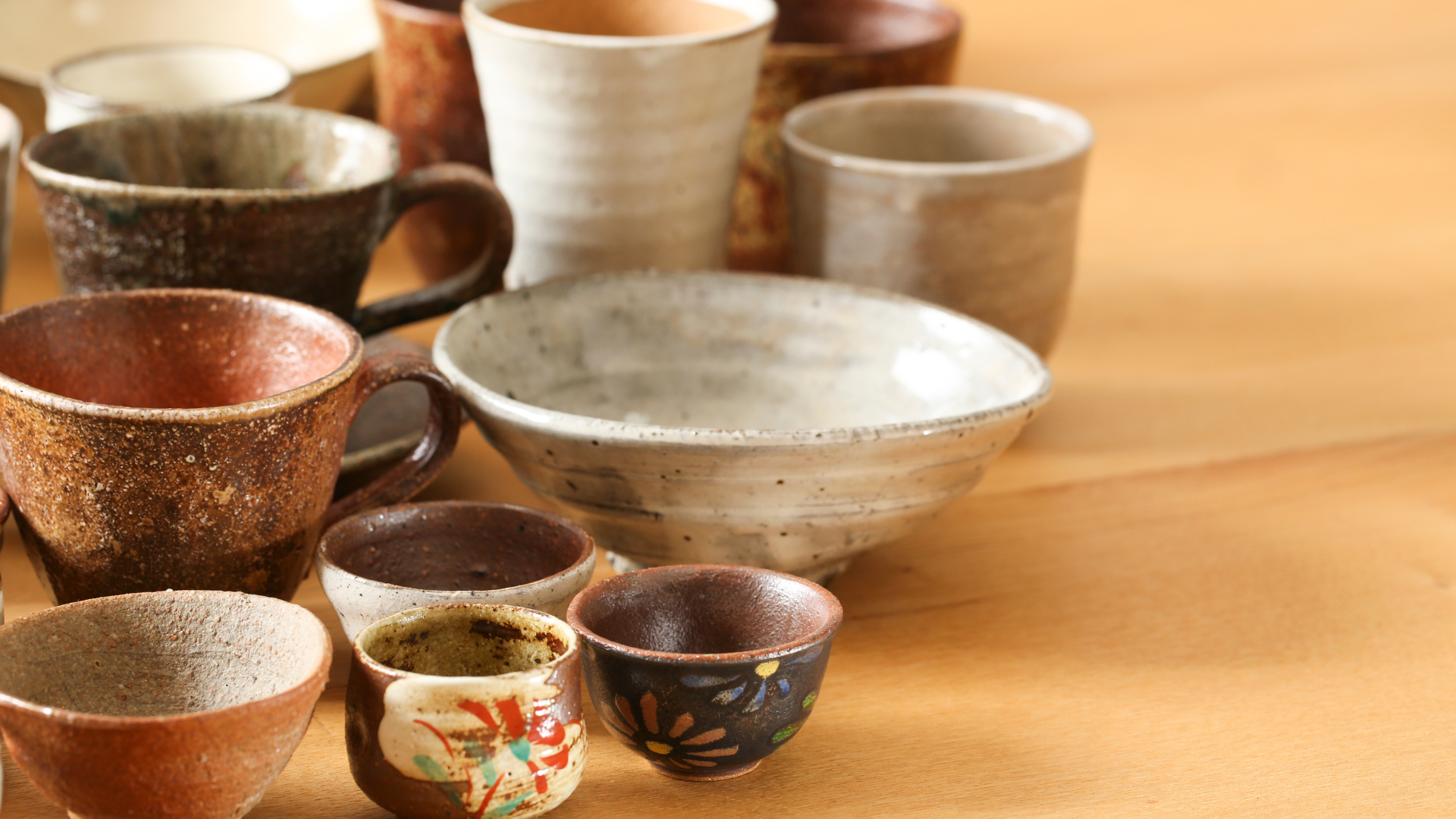Ceramics and pottery are generally used interchangeably, but there’s a difference you should know before jumping into a new hobby. A ceramic is a type of pottery made of clay, which can include stoneware, earthenware, and porcelain.
Many people see Persian Pottery and Persian ceramics as the same, which is generally true unless you have access to a very specialized museum. Persian pottery is a historically old art form that originated in Persia, although Persian pottery and art were practiced throughout the ancient Middle East and parts of Europe as well. Persian pottery is still practiced today, with the creation of new designs and innovative ways of displaying these works of art. The two pieces most people mistake for Persian pottery are pottery and ceramics. Still, pottery is generally understood as earthenware, while ceramics is clay fired at high temperatures.
What is Pottery?
Pottery is one of the oldest art forms. Before there was writing, pottery was a primary form of communication. People from many cultures throughout history have created pottery and used it to tell stories, express emotions, and transmit ideas.
What is Ceramics?
Ceramics (or pottery) is the process of making objects from clay. It can be beautiful when finished. At museums around the world, some displays showcase ceramic art at its finest, juxtaposing the delicate works of ancient masters with more modern pieces.
What is the Difference Between Pottery and Ceramics?
It’s easy to think that pottery and ceramics are all the same thing. After all, don’t they all involve ceramic materials and fire? Well, yes, but it depends on the materials being used. Ceramics, as the name suggests, are ceramics, and they can take many forms. These include tiles, tableware, floor or wall coverings, and decorative objects. When fired in a kiln, ceramics generally become hard and strong and can withstand a lot of wear and tear. On the other hand, pottery is a term used for vessels such as vases, plates, bowls, and cups. These materials are fired in a kiln, but ceramics are not. Instead, pottery is made from a clay-based material, which can form ceramic products when hardened in the kiln. So, in addition to producing pottery, ceramics can also produce pottery.
What is Pottery? And How does it Differ From Ceramics?
Pottery is a form of art that has been around for centuries. It embraces any clay-based medium that can be manipulated into form. The process can involve a potter using a wheel, hand-building, pinching, coiling, or slab-building, among other techniques. The ceramics and pottery studio is one of the most prevalent art forms at art institutes and universities. Still, there’s a misconception that pottery it’s not the same as ceramics.
Are ceramics the same as pottery?
Ceramics and pottery are related materials, but they’re not the same thing. Ceramics (the technical term for clay minerals) is one of the oldest and most widely used building materials. They’ve been used in construction for thousands of years, including in homes, schools, hospitals, and government buildings. Most ceramics are non-porous, making them resistant to bacteria, fire, and moisture, and they can be used to make everything from paint to cookware to water filters.
Is ceramic art pottery?
Ceramic art pottery is a term that many potters use to describe their particular craft. But ceramic art pottery is not synonymous with pottery art. Pottery art, in general, refers to any art made on a potter’s wheel. Ceramic art pottery, however, focuses on one medium, while pottery art might incorporate multiple mediums. Ceramic art pottery artists typically tend to use more stoneware clay than potters who use pottery art. However, ceramic art pottery is also commonly used in making functional ceramics, such as coffee mugs and teapots.
How can you tell ceramic from pottery?
Ever wonder what the difference is between ceramic and pottery mugs? The most commonly known difference is the glaze: a ceramic mug is porous and susceptible to staining from liquids, while a pottery mug is non-porous and unlikely to stain.
Ceramics and pottery have been around for thousands of years, and both have changed over time. But the similarities end there. Ceramics involves shaping clay into various shapes. Pottery involves moulding clay into multiple shapes. Pottery and ceramics look similar, but they are different.

Leave a Reply